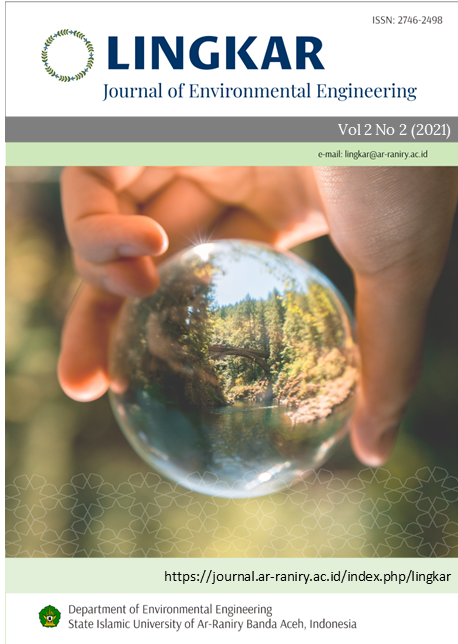UJI PEMANFAATAN LIMBAH CAIR LAUNDRY MENJADI PUPUK CAIR
DOI:
https://doi.org/10.22373/ljee.v2i2.1365Keywords:
Laundry liquid waste, fermentation, EM4, liquid fertilizer.Abstract
Recently, more industrial activities were developed like household industries. Laundry liquid waste is a source of pollution which it can decreasely the equality of the environment. Therefore, it can be used as a liquid fertilizer, one of the pollutants within laundry liquid waste is phosphate and it derived from Sodium TripolyPhosphate which is one of the ingredients in detergents and as a second most important element after surfactants. The purpose of this study was to determine the whether effect of the utilization of the laundry liquid waste as liquid fertilizer on the C/N ratio and to find out the quality of liquid fertilizer used meet the quality standards of liquid fertilizer. The method used was fermentation with bioactivator EM4 and molasses as nutrients, and the fermentation results were tested at the Laboratory of BARISTAND Banda Aceh. Parameters tested were pH, carbon, nitrogen, phosphate, and potassium. The results showed that at a concentration of EM 20 ml, pH levels were 4,7, carbon organic levels were 3.250%, nitrogen levels were 0.040%, phosphate levels were 0.014% and potassium levels were 1.489%, the result of these concentration were better than other variations in concentration EM4 like 40, 60, 80 and 100 ml for increasing nutrients levels in laundry liquid waste.




